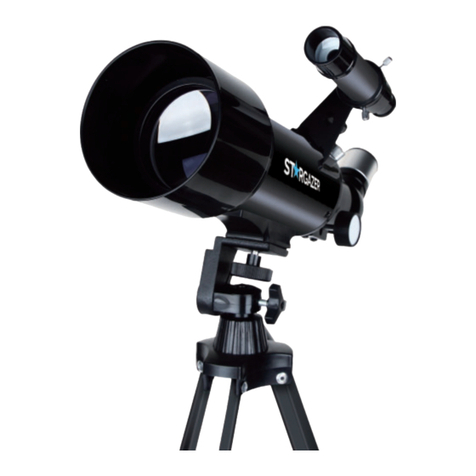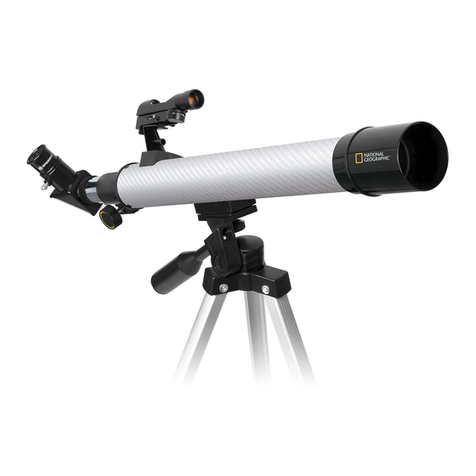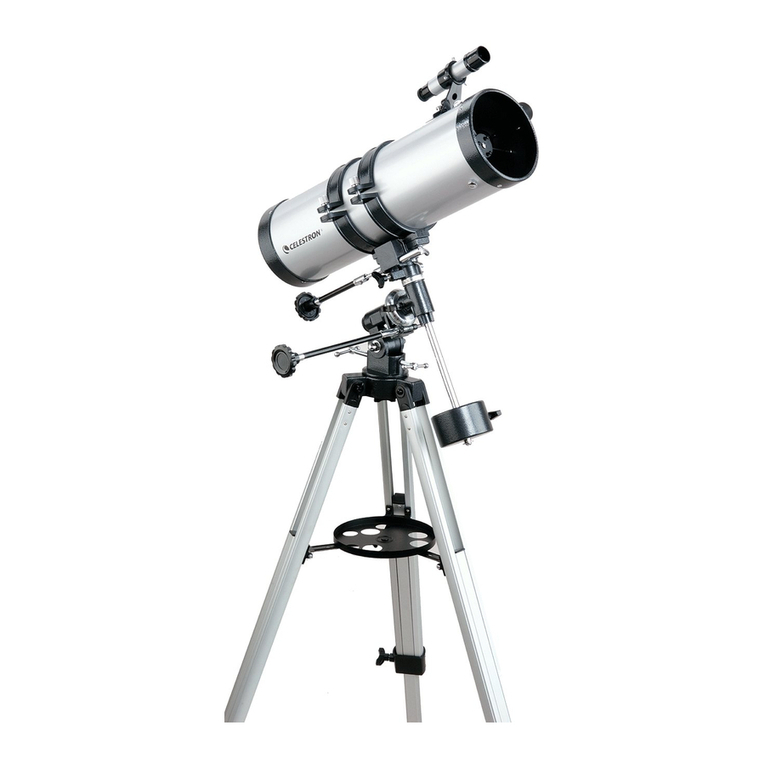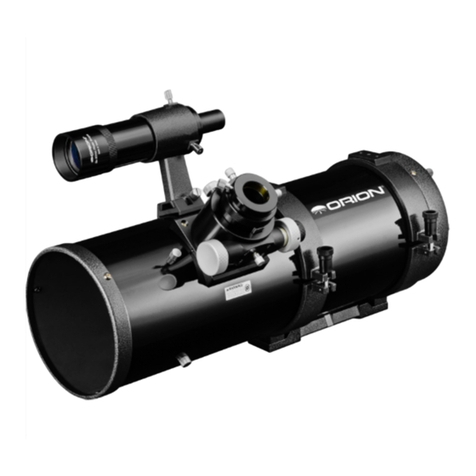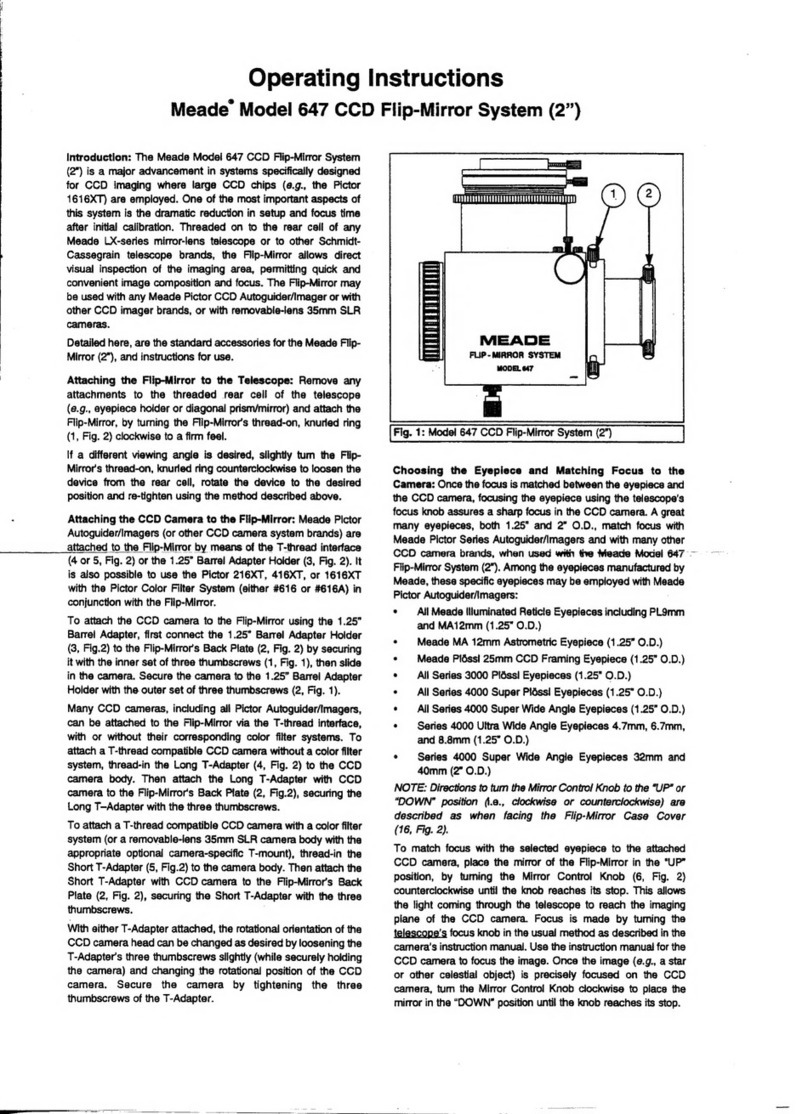STARGAZER SG50600 User manual

www.hsdonline.co.uk
TELESCOPE
SG50600
SG50600_Manual 26/4/21 09:59 Page 1

Introduction
General Information
Please read the entire instruction manual before using the product
and then save it for future reference. We reserve the right for any
errors in text or images and any necessary changes made to
technical data. If you have any questions concerning technical
problems please contact our Customer Services on 0800 091 3171.
First Time Telescope Users Guide
Congratulations on the purchase of your Stargazer telescope -an
optical instrument that will help you explore our unique Universe.
Simply enjoy views of the moon, planets, cloud formations and
nature. Achieve your astronomy goals. This instruction leaflet will
guide you through a simple set up and show you how to use a
telescope.
Before we start, please digest this important warning: Never at
any time look or zoom in at the Sun through any telescope. Parents
please make sureyour children areawareof this point and that It
can just take a few seconds to damage your eyesight.
www.hsdonline.co.uk
2
SG50600_Manual 26/4/21 09:59 Page 2

www.hsdonline.co.uk
Safety Instructions
General safety instructions for the Stargazer Telescope:
Warning: Read all the instructions. Failure to comply with
the following instructions can lead to serious injury.
SAVE THESE INSTRUCTIONS.
The term “telescope” in the following text refers to your
Stargazer Telescope.
NEVER LOOK DIRECTLY AT THE SUN THROUGH A TELESCOPE
WITHOUT AN OBJECTIVE SOLAR FILTER!
NEVER LEAVE THE TELESCOPE UNSUPERVISED, EITHER WHEN
CHILDREN ARE PRESENT OR ADULTS WHO MAY NOT BE FAMILIAR
WITH THE CORRECT OPERATING PROCEDURES OF YOUR
TELESCOPE.
Contents
2. Introduction
3. Safety Instructions
4. Parts and Specification
5. Details
6. Setting Up: Step-by-step Guide
7. Start using your Stargazer Telescope
7. Observing Tips
8. Troubleshooting and FAQ
10. Cleaning and Storage
11. Environmental Responsibilities
11. Warranty
3
SG50600_Manual 26/4/21 09:59 Page 3

www.hsdonline.co.uk
4
Parts and Specification
TELESCOPE
SG50600
Main Telescope
tube
Lens Cover
Finder-scope
Aluminum alloy
tripod
Height
adjustment
lever
Fixing Dial
of Telescope
Eyepiece x 2
6mm & 12mm
Focusing
Dial
Adjusting handle
left to right /
up and down
Zenith
mirror
SG50600_Manual 26/4/21 09:59 Page 4

Details
Eyepiece:
•The magnification of astronomical telescope eyepieces.
•The magnification is 100x when you use the “6mm”
eyepiece, the magnification is 50x when you use
“12mm” eyepiece.
The Finder-scope:
The Finder-scope is a valuable part of the telescope
when finding your chosen object. To operate properly,
the telescope and the finder-scope, should be aligned.
The chosen object through the finder-scope has a much
broader field of view than that of the telescope. Aligning
your chosen image means matching the telescope’s
image as seen through the eyepiece to the chosen
image at the centre of the finder-scope. This way when
looking through the finder-scope you know that the
telescope is pointing near exactly to the same point as
the finder-scope.
Focusing Dial:
Rotate the focuser dial so that the focuser tube moves in
and out until you find the best view possible of your
target. Wesuggest that you start by rotating the focuser
all the way in and slowly rotate it out until you find the
perfect view of your chosen object. You may still need to
adjust the telescope slightly if it moves out of position of
your chosen target, this is normal and adds to the
excitement and practice of finding your target perfectly.
Always practice first with the 12mm eyepiece.
Remember practice makes perfect.
NOTE: NEVER LOOK DIRECTLY AT THE SUN THROUGH ANY TELESCOPE;
THIS CAN CAUSE SERIOUS EYE INJURY.
www.hsdonline.co.uk 5
Finder-scope
Focusing Dial
Eyepiece
SG50600_Manual 26/4/21 09:59 Page 5

www.hsdonline.co.uk
6
Setting Up: Step-by-step Guide
1. Adjust the tripod stand to
your preferred height.
3. Insert and secure the zenith
mirror
4. Insert the 6mm or 12mm
eyepiece and secure
2. Attach the main telescope tube
to the tripod stand. Attach the
finder scope to the telescope
SG50600_Manual 26/4/21 09:59 Page 6

www.hsdonline.co.uk 7
Start using your Stargazer telescope
Practice during the day:
Please remove the lens protectors first and fit the 12mm eyepiece. Twist the
"Adjusting Handle" which will let you move the telescope up and down and left to
right. Point the telescope using the finder-scope to a distant object during the day.
It is important to practice this during daylight so that you get familiarised with the
telescope operation and how to secure the telescope into position when you have
chosen your target, practice makes perfect .
Agood target is a church tower, distant tree, a chimney or a distant mountain peak
if possible. Once your target is found twist the "Adjusting Handle" to lock into
position, rotate the focusing dial so that the focuser tube moves in and out until
you find the best view possible, you may still need to adjust the telescope slightly if
it moves out of position of your chosen target, this is normal and adds to the
excitement and practice of finding your target perfectly. We suggest that you start
by rotating the focuser all the way in and slowly rotate it out until you find the
perfect view of your chosen object. Always practice first with the 12mm eyepiece,
once you have practiced and mastered the telescope you are ready to move onto
night time viewing. Remember practice makes perfect.
Astronomer:
On your journey to become an established Astronomer it is important to study
ready available astronomy magazines, or study the internet which will give you
valuable information, updates and the locations of the planets and best viewing
dates and times as they change position from month to month.
Observing Tips:
Try to view objects that arehigh in the sky if possible. Waiting until the object rises
well above the horizon will provide a brighter and crisper image. Objects on the
horizon are viewed through several layers of earth’s atmosphere. Ever wonder why
the moon appears orange as it sets on the horizon? It’sbecause you arelooking
through a considerable moreamount of atmospherethan you would directly
overhead. (Note: If objects high in the sky aredistorted or wavy, you are probably
viewing on a very humid night and can be frustrating.) During nights of unstable
atmosphereand overcast conditions, viewing through a telescope can be frustrating,
if not impossible, at times. Astronomers refer to crisp, clear nights as nights of "good
viewing" and will study the internet and weather forecasts for the perfect night.
NOTE: NEVER LOOK DIRECTLYAT THE SUN THROUGH ANY TELESCOPE;
THIS CAN CAUSE SERIOUS EYE INJURY.
SG50600_Manual 26/4/21 09:59 Page 7

www.hsdonline.co.uk
8
The Moon:
The moon is the easiest target to find at night. When the moon is in full position, it
bathes the night with a silvery light that washes the sky of all but the brightest
objects. The best time to view the moon is not when it is full, but rather when it is
less than half full. The dividing line between dark and light on the moon, called the
terminator, shows the best detail.
Troubleshooting and frequently asked questions
Q: I can’t get to focus my telescope, only get a bright circle.
A: Make sure you have inserted the diagonal Zenith mirror and an eyepiece (start
by the lowest power eyepiece – 12mm).
Q: Iuse the finder-scope to point to objects but I always miss the
target.
A: You probably need to realign the finder-scope on the target if you accidentally
nudge the telescope. After and learning how to tighten the telescope into
position of the target you will find you improve on this.
Q: The stars only appear as points in the telescope, is this normal?
A: This is normal. Stars will always appear only as points, even in the largest
telescopes in the world. It is more interesting for beginners to observe two-
dimensional objects, such the moon or planets. Once you find these, you will
be able to start learning about the astronomical calendar.
Q: Ican’t see anything when I look through my telescope.
Did I do something wrong?
A: Check you have removed all the lens dust caps. All telescopes are only suitable
for astronomical observing and when used outside at night when the sky is
clear is when you achieve the best results. Observing from inside a house
through a window or during the day is not usually best practice unless
practising and learning how to use the telescope.
NOTE: NEVER LOOK DIRECTLY AT THE SUN THROUGH ANY TELESCOPE;
THIS CAN CAUSE SERIOUS EYE INJURY.
Please Note: If you wear corrective lenses (specifically glasses) you may want to
remove them when observing with an eyepiece attached to the telescope. If you
have astigmatism then corrective lenses should be worn at all times.
SG50600_Manual 26/4/21 09:59 Page 8

www.hsdonline.co.uk 9
Our moon, showing the
craters and mountains
Moon
SG50600_Manual 26/4/21 09:59 Page 9

www.hsdonline.co.uk
10
Cleaning and Storage:
Agood storage place should be dry, dust-free, secure, and large enough to get the
telescope in and out easily. Ideally, store the telescope in its storage bag when not
in use. Always fit the lens covers when not in use.
For Basic Cleaning:
1. Use suitable compressed air to blow off loose dust and large particles.
2. Use a lens cleaning solution for telescope lenses to gently lift off any remaining
dirt or smudges.
3. Use the solution to wet soft, plain tissue or cotton balls for larger optical surfaces
or cotton swabs for small parts like eyepiece lenses.
4. Make sure the lens protection caps are fitted and gently wipe the body over with
asoft cloth.
SG50600_Manual 26/4/21 09:59 Page 10

www.hsdonline.co.uk 11
Environmental Responsibilities
Meaning of crossed-out wheeled dustbin:
Do not dispose of electrical appliances as unsorted municipal waste,
use separate collection facilities.
Contact your local council for information regarding the collection
systems available.
If electrical appliances are disposed of in landfills or dumps, hazardous substances
can leak into the groundwater and get into the food chain damaging your health
and well-being.
When replacing old appliances with new ones, the retailer is legally obligated to
take back your old appliance for disposal free of charge.
SERVICE WARRANTY
Hygiene Supplies Direct guarantees the product free from defects in materials and
workmanship for a period of 1 year from date of purchase.
Should this unit be operated under conditions other than those recommended in
the manual or indicated on the unit, or any attempts made to service or modify the
unit, then the warranty will be rendered void. The product you buy may sometimes
differ slightly from illustrations. This warranty is in addition to, and does not affect,
your statutory rights.
If you have any problems with this product, please call our Help Desk
SG50600_Manual 26/4/21 09:59 Page 11

YESSS Electrical Ltd, Normanton, WF6 1TN declares that the Stargazer Telescope
is exclusively manufactured and imported for Hygiene Supplies Direct Ltd.
www.hsdonline.co.uk
12
SG50600_Manual 26/4/21 09:59 Page 12
Table of contents
Other STARGAZER Telescope manuals
Popular Telescope manuals by other brands

Celestron
Celestron NexStar 60 user guide
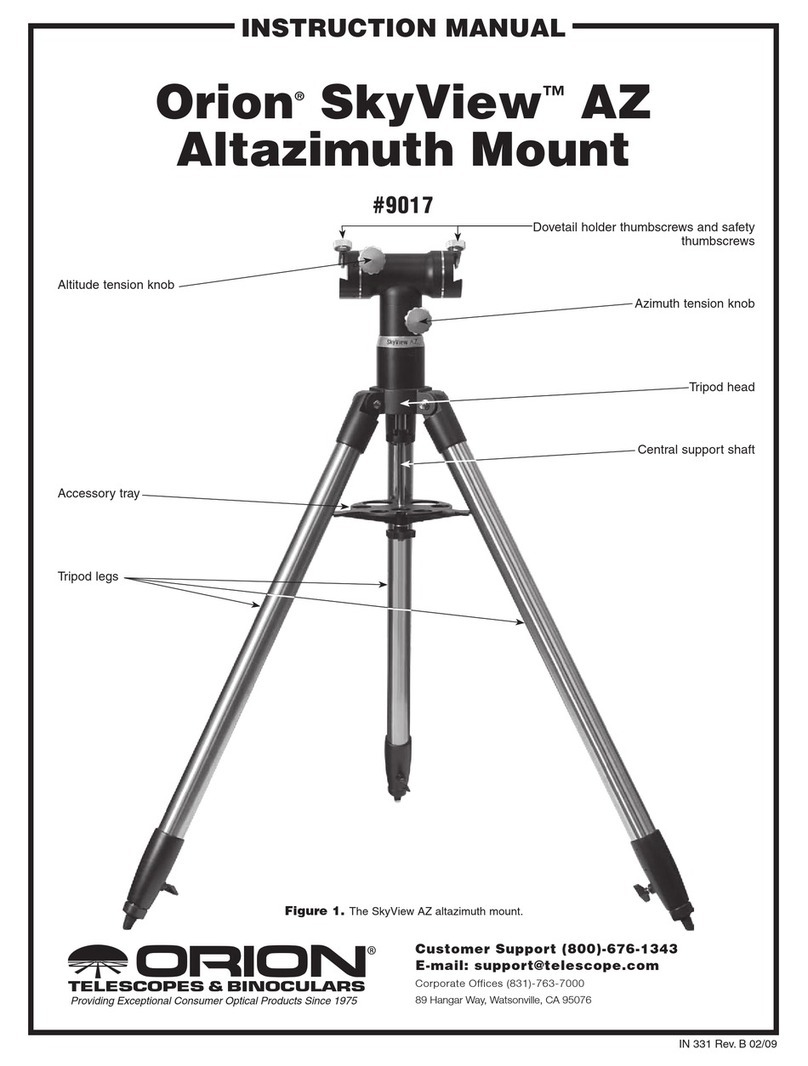
Orion
Orion SkyView AZ manual
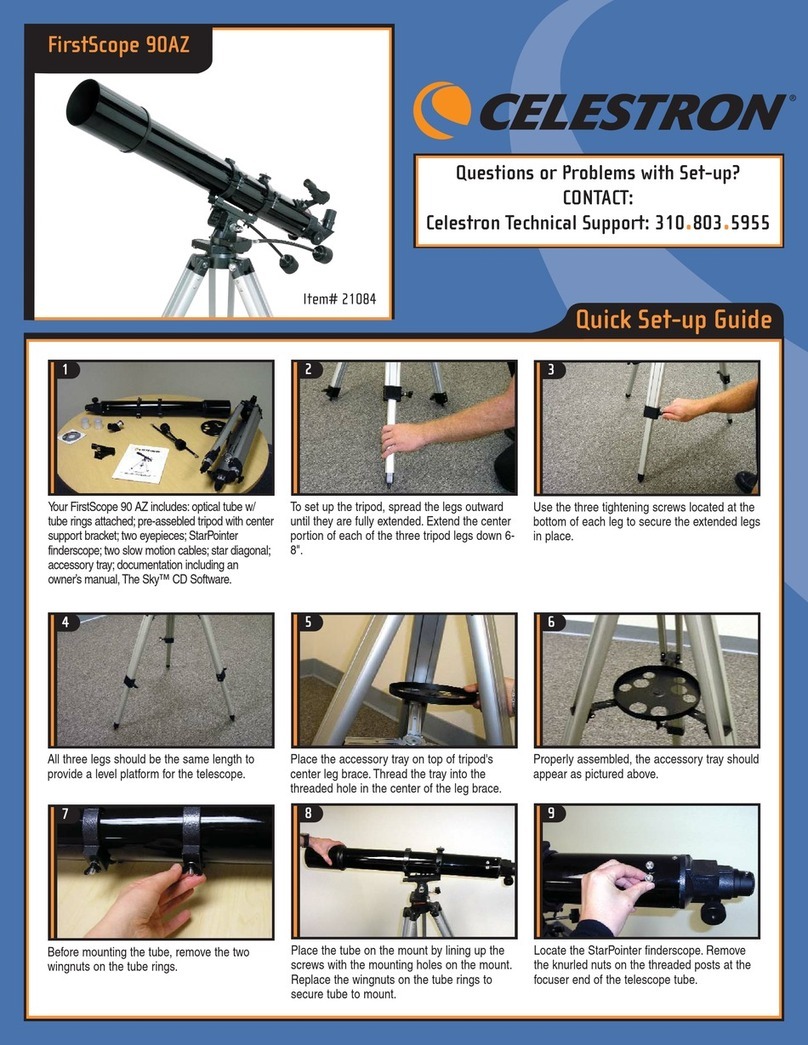
Celestron
Celestron FirstScope 90AZ Quick setup
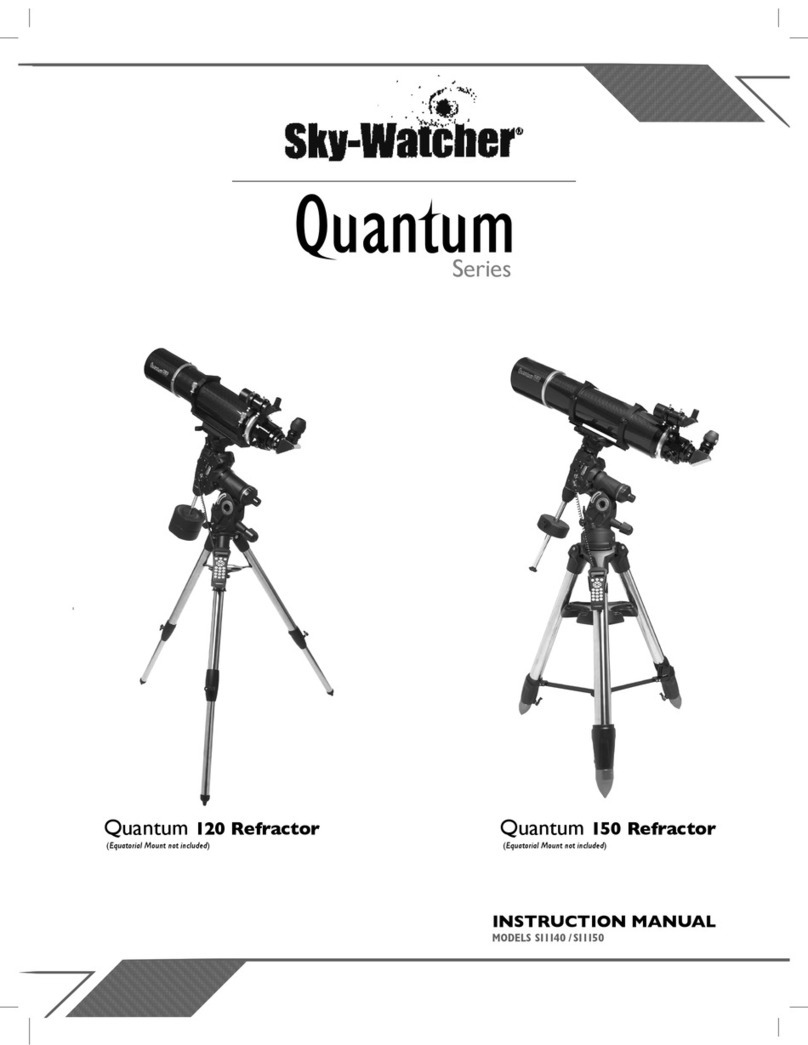
SKY-WATCHER
SKY-WATCHER Quantum 120 Refractor instruction manual
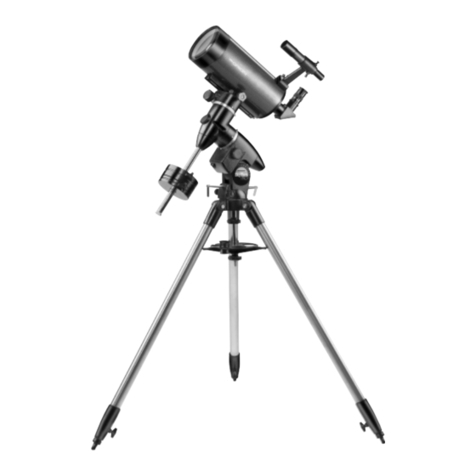
ORION TELESCOPES & BINOCULARS
ORION TELESCOPES & BINOCULARS SkyView Pro 127mm EQ 9877 instruction manual
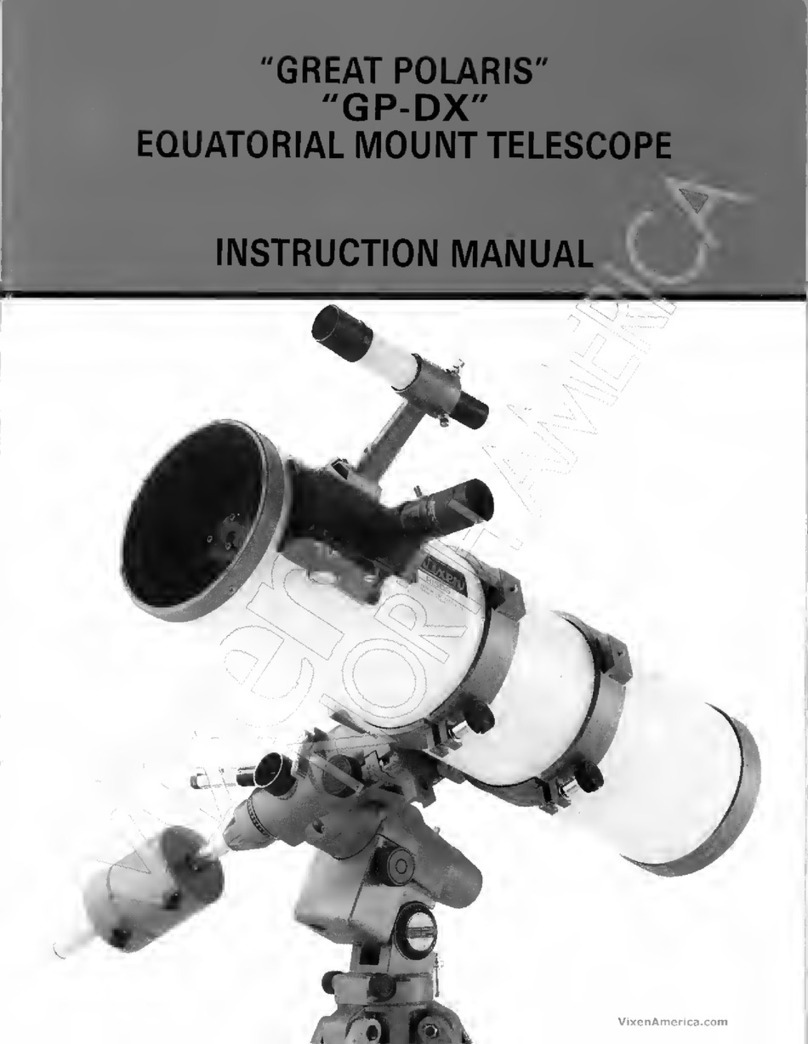
Vixen
Vixen Great Polaris GP-DX instruction manual
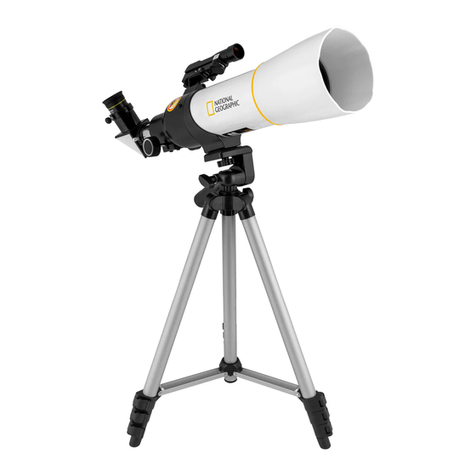
National Geographic
National Geographic RT70400 instruction manual

Orion
Orion SKYQUEST XX14i instruction manual
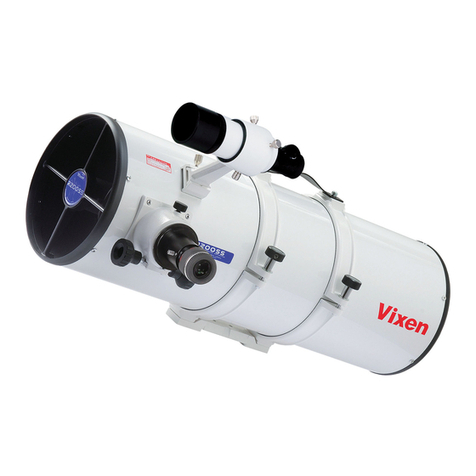
Vixen
Vixen R200SS Newtonian Reflector instruction manual
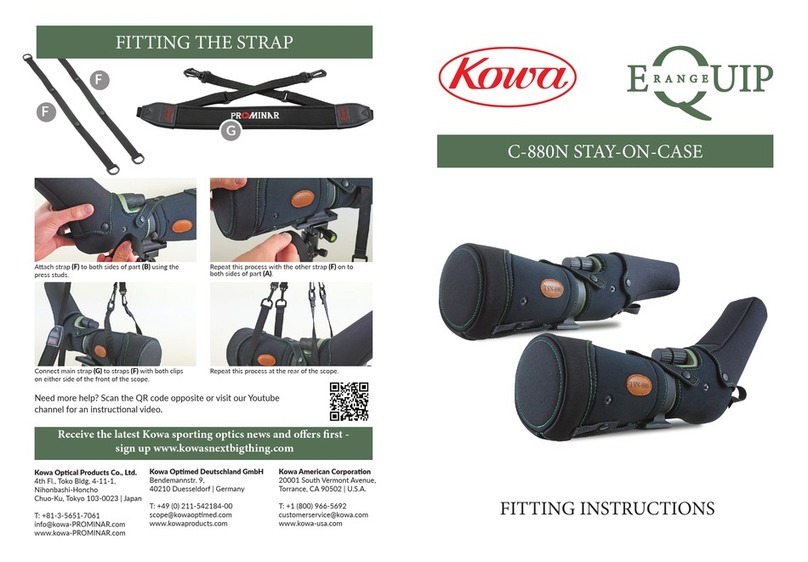
Kowa
Kowa C-880N STAY-ON-CASE Fitting instructions

Celestron
Celestron Rowe-Ackermann 11 V2 F/2.2 instruction manual
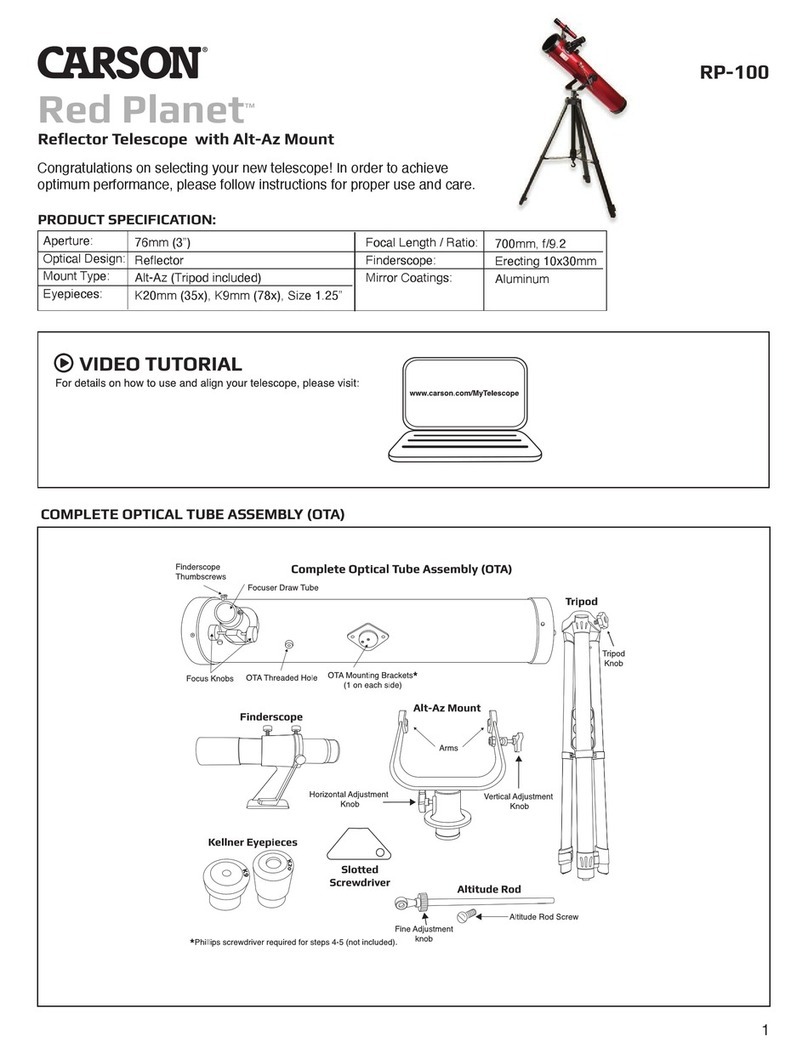
Carson
Carson RP-100 manual
